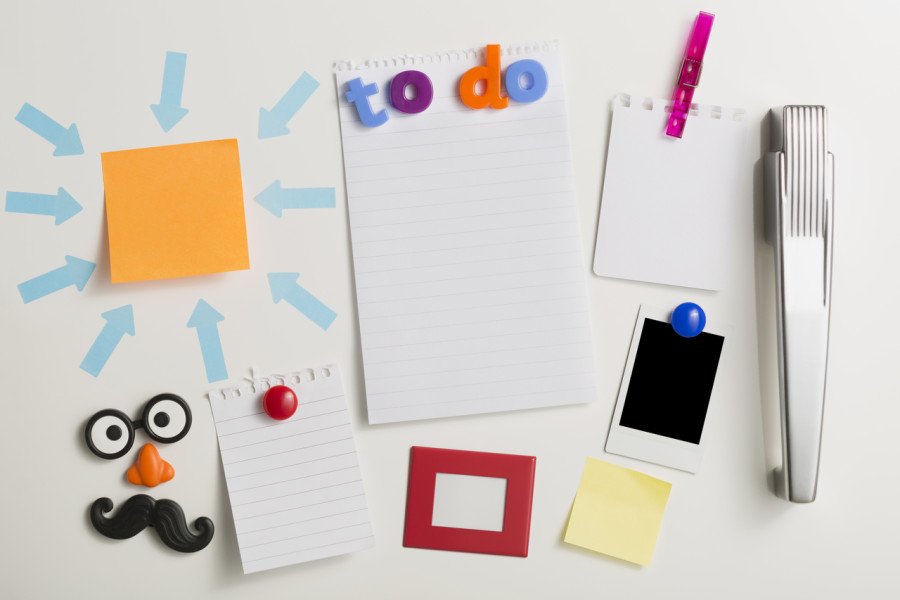Electromagnetism
This set of activities has students using everyday items (batteries, magnets, compasses, iron and paper clips) to reveal the connection between electricity and magnetism.
- Grade 7
- 4 activities
- 3.4 hours

Big idea
The electromagnetic force produces both electricity and magnetism.
Learning objectives
Students will be able to:
- Describe what the magnetic field around a magnet looks like
- Predict what happens to the needle of a compass when placed near a circuit
- Create a working motor and explain how the magnetic force causes a coil to spin
- Construct an electromagnet and test out ways to make it stronger
- Demonstrate the safe use of materials and procedures
Activities

Linking magnetism and electricity
Create a magnetic field with electrical circuits.
BC curriculum fit
Grade 7 Science
Content
- Electromagnetism
Curricular competencies
Questioning and predicting
- Demonstrate a sustained intellectual curiosity about a scientific topic or problem of personal interest
- Identify a question to an answer or a problem to solve through scientific inquiry
Planning and conducting
- Collaboratively plan a range of investigation types, including field work and experiments, to answer their questions or to solve problems they have identified
- Observe, measure, and record data (qualitative and quantitative), using equipment, including digital technologies, with accuracy and precision
- Ensure that safety and ethical guidelines are followed in their investigations
Processing and analyzing data and information
- Use scientific understanding to identify relationships and draw conclusions
Evaluating
- Demonstrate an understanding and appreciation of evidence
Applying and innovating
- Co-operatively design projects
- Transfer and apply learning to new situations
Communicating
- Communicate ideas, findings, and solutions to problems, using scientific language, representations, and digital technologies as appropriate
Grade 7 Applied Design, Skills, and Technologies
Content
- Power Technology
- Forms of energy
- Devices that transform energy
Curricular competencies
Applied Design - Prototyping
- Construct a first version of the product or a prototype, as appropriate, making changes to tools, materials, and procedures as needed
- Explore and test a variety of materials for effective use
Applied Design - Testing
- Test the first version of the product or the prototype
- Gather peer and/or user and/or expert feedback and inspiration
- Make changes, troubleshoot, and test again
Applied Design - Sharing
- Demonstrate their product and describe their process, using appropriate terminology and providing reasons for their selected solution and modifications
Assessments
Worksheets guide the hands-on activities for students and allow you to assess their developing abilities to make and communicate their observations, analysis and conclusions.
A self-assessment tool is provided for students in three of the activities.
Answer keys are provided.
Background info
By going through a series of hands-on activities, students will experience how electricity and magnetism are related. Students observe the magnetic field around a closed circuit, investigate how electromagnetism can make a working motor, and build a temporary electromagnet by converting electricity into magnetism. This unit fits nicely into a classroom unit on electricity and magnetism. Ideally, students will already have experience building simple circuits. Since each activity in this unit builds on the previous one, we recommend delivering them in this order:
- Find the magnetic field
- Linking electricity and magnetism
- Build an electric motor
- Build an electromagnet




